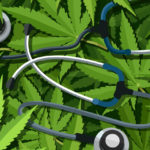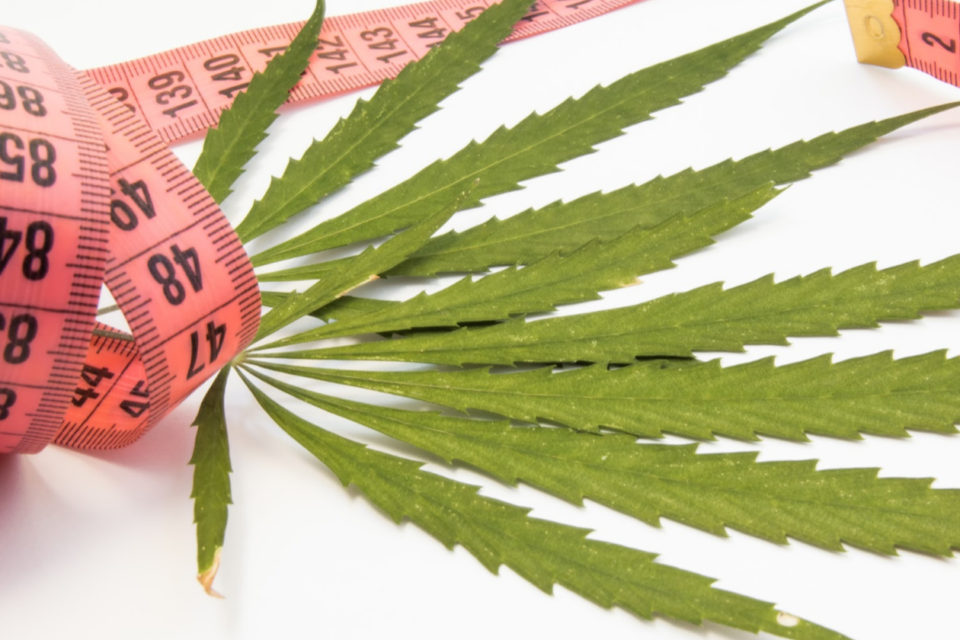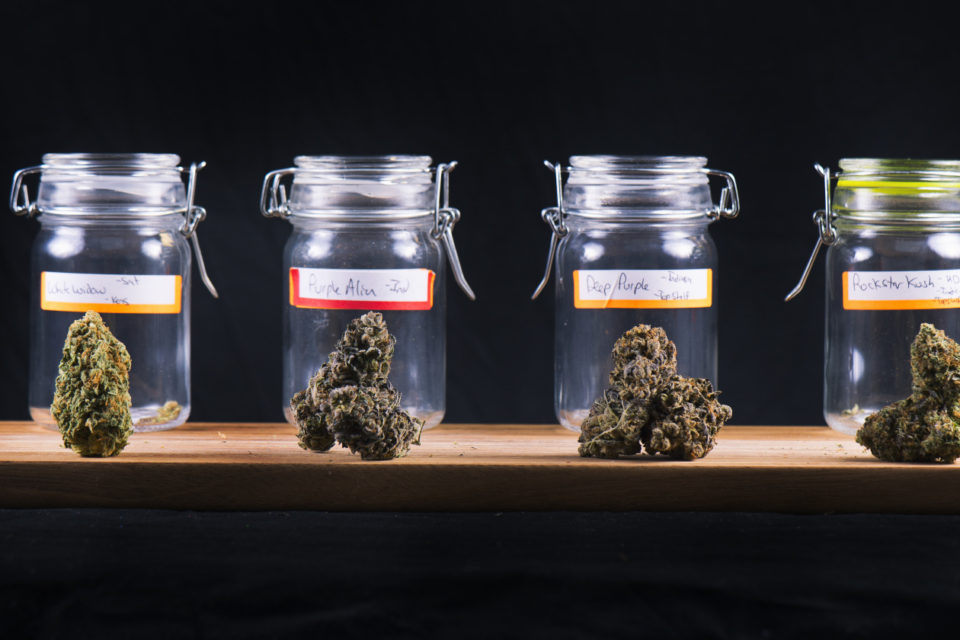As you’re probably well aware, cannabis is an incredibly powerful and complex medicine. That’s one reason it’s finding use as a treatment for many conditions, ranging from chronic pain, anxiety and relief from seizures and nausea, to PTSD and possibly even weight loss. How does a single plant treat so many chronic conditions and diseases? The answer lies in part in the cannabis plant’s complexity. In addition to over 100 phytocannabinoids—think of them as the plant’s unique “active ingredients”—cannabis contains over 200 terpenes, or aromatic oils that not only contribute specific strains’ distinctive scents and flavors but distinctive medical attributes as well.
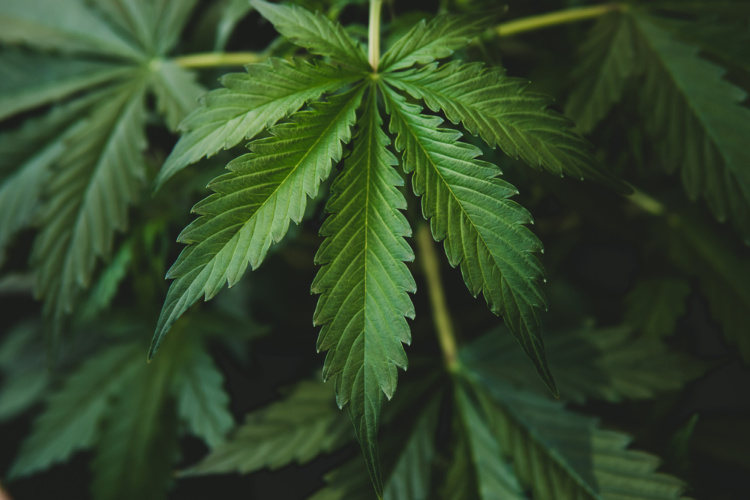
Sorting through all these compounds is a daunting task, but we’re here to make it simple. Let’s go through a rundown of a few of the most important phytocannabinoids and terpenes, so you’ll have a better idea what to ask for next time you chat with one of our budtenders.
Phytocannabinoids: The Cannabis Plant’s Powerhouses
There are many things that make cannabis unique, but phytocannabinoids may top them all. They’re a family of some 113 known compounds found in the plant, and what’s important about them is that they are plant-based “doubles” of endocannabinoids, similar compounds found in our bodies. The endocannabinoids and their system are arguably the body’s most important regulatory network, controlling everything from our temperature to our mood to our sensation of pain.
You’ve probably heard of the two most common and important phytocannabinoids: THC and CBD. THC (short for “tetrahydrocannabinol”) is the only phytocannabinoid that induces psychoactivity—the sensation of being high—but it does much more. It’s associated with pain relief, full-body relief from aches and strains, and many other effects. However, some find its psychoactivity distracting or even unpleasant.
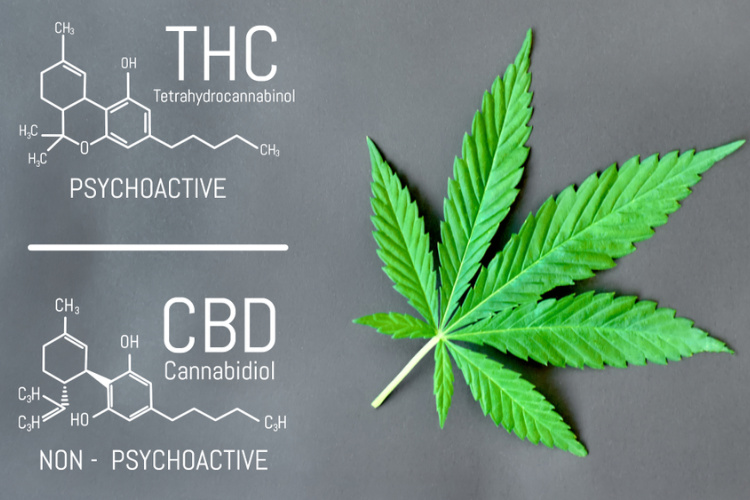
CBD stands for “cannabidiol,” and while its effects are different from THC’s, the two work together in close partnership. CBD fights pain in different ways than does THC, and it’s also noted for helping relieve anxiety and depression, as well as many other uses. Again, it’s not psychoactive, and in fact, when associated with THC it tends to reduce THC’s psychoactive effects.
All the cannabis we offer at Sunburst Pharm is graded with a ratio of THC content to CBD content. That’s important because it tells you a great deal about what kind of medical effects to expect.
Terpenes: Giving Cannabis its Flavor (and a Whole Lot More)
Terpenes are a kind of fragrant hydrocarbon—that’s another term for “essential oil”—that give strains of cannabis as well as countless other plants and natural substances their distinctive aromas and flavors. There are over 200 terpenes in cannabis, and research has already revealed some startling facts about how terpenes interact with our bodies.
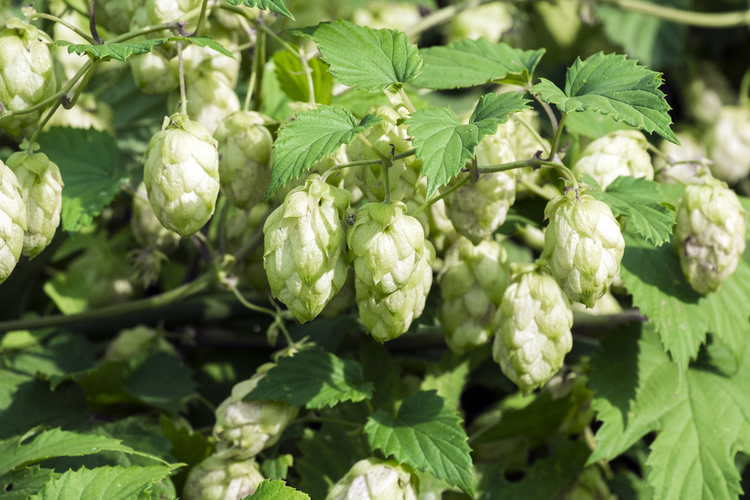
Myrcene is the most abundant terpene, and it has powerful anti-inflammatory and analgesic (pain-fighting) qualities. Its been shown to reduce the perception of pain by helping stimulate opioid receptors in animal-based studies. Studies on humans—as well as anecdotal evidence—suggest our bodies respond the same way as well.
Limonene: Limonene is associated with mood uplift, helping healthy digestion and gut function.
Humulene: Also found in hops, humulene may be crucial in helping fight the formation of new cancer cells. As with all things cannabis, however, more studies are needed to determine its benefits.
In Conclusion
We hope this guide helps you begin—or increase—your cannabis education. We’d love to tell you more about cannabis and how it interacts with your body. Drop us a line, or better yet come in to talk with one of our friendly budtenders.
